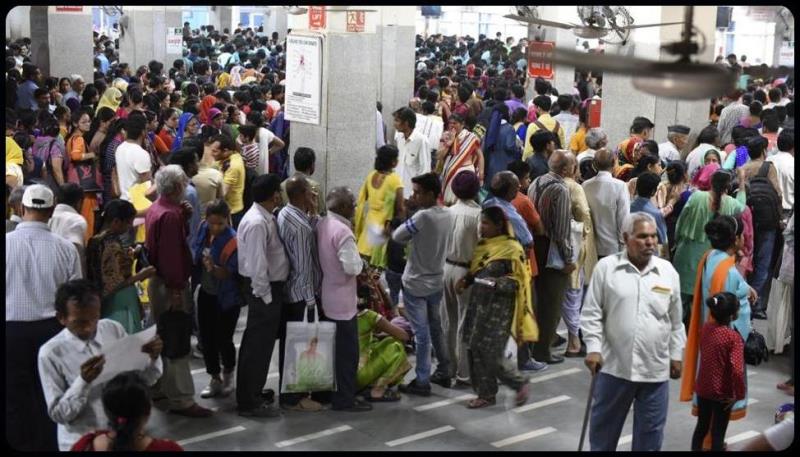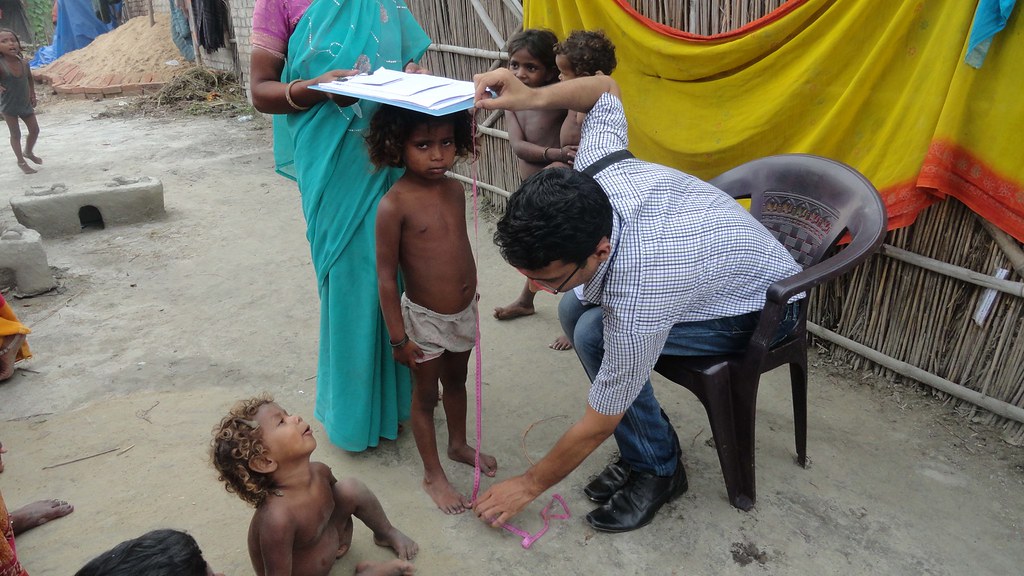Right to health is not explicitly enshrined in the Indian constitution. However, the constitution makes imperative upon the state to ascertain social and economic justice of its people this makes a significant framework to assess the health sector in the nation.
Zeba Siddiqui is a Delhi based researcher interested in the field of public health.
The 71st National Sample Survey (NSS), completed between January-June 2014 makes a startling revelation about the dominance of private players in the health sector in our country. A geographical break up informs us that nearly 58% and 68% sought private hospitals in rural and urban sectors respectively. A comparative view of NSS data across the decade has shown that there has been a marked decline in the share of public health hospitals in treating patients. Upfront it conveys two key points : i) there exists a very uneven distribution of healthcare networks between the public and private healthcare centers and ii) the inclination towards private sector hospitals, gives monopolistic powers to private hospitals oftentimes functioning like conglomerates.

Not too long ago , NITI Aayog proposed a magnificent plan to privatize the district level hospitals in the Tier-I and Tier-II cities of the country. A Model Concessionaire Agreement (MCA) was also unveiled in this regard. It sought to provide prevention and treatment services for non-communicable diseases at the district levels. A proposal such as this can easily give a freehand to private parties to cherry-pick the most commercially viable districts. The private firms will tend to focus their resources on better-off districts, leaving in distress the remote districts for public sector to look after. Additionally the internally disturbed corridors of the country with poor access to health amenities would be left to struggle if such a proposition comes alive. Meanwhile access to key public health facilities such as blood bank, ambulance facility and mortuaries is also ensured in such an arrangement.
The public health institutions have been rather low on productivity and often considered as ‘sick units’. And as is mostly destined in India, the sick units in health sectors too are recommended the remedy of privatization. PPP model has been around as a buzzword for quite some time. Although PPP does not entail privatization in its essence but with alarming dependence on private hospitals, PPP could soon be replaced by privatization alone. Providing land and infrastructure to private parties at subsidized rates in order to establish hospitals can be counter-productive if the same hospitals do not provide affordable services to people in need.
An already evident chasm between rich and poor is likely to widen further if privatization of health sector is not reined on time. In order to check competency and accountability , inception of a specialized All India Health Cardre on lines of the Indian Administrative Services is required. The idea for a dedicated health services within bureaucracy was mooted recently and has been ongoing since then. Despite the private facilities charging exorbitantly, an increased dependence on them is a testimony of abysmal level of confidence people have in public sector facilities. Therefore the argument that the poor already incur a huge out –of –the –pocket expense on health cannot spearhead demand for privatization anymore.
Another glaring concern is the enormous number of people who desperately wait outside national level institutions such as AIIMS for the want of affordable treatment. The regretful state of primary health care centers (PHCs) makes these institutions overcrowded, diverting the focus from the patient in dire need of tertiary care. Hence, it is the public sector which needs a revival to fortify the diminishing confidence amongst people and to become more equipped to address the barrage of patients at all levels.
Right to health is not explicitly enshrined in the Indian constitution. However, the constitution makes imperative upon the state to ascertain social and economic justice of its people. The Directive Principles of State Policy (DPSP) has some provisions (Article 38 and article 41 to name a few) which directly or indirectly have a bearing on public health. With that in perspective, it would be appropriate to argue that offsetting significant segments of our public health to private parties can have serious ramifications upon the welfare of people. The people, who are chronically ill, will have to bear the brunt of it the most, since the treatments for the same are anything but affordable in the private hospitals.
The public health framework should come out of the ‘noble doctor-naïve patient’ dichotomy. Agreed, this profession is noble for it’s ‘life saving’ abilities but it is also important that health is made part of the larger discourse and deliberated upon more often. People must not only be informed but also seek to question any practice that may seem detrimental to the larger goal of a welfare society.
A new flag bearer in this regard could be the recently released draft policy by the Delhi government to. It directs the private hospitals and nursing homes to cap the profit margins for drugs and consumables “upto 50 percent” and “up to 35 percent” for implants. The private hospitals today register a presence on all social media platforms and exploit the wave of digital marketing to influence demand for health services. Thus the existing private hospitals can be effectively regulated by aforementioned means and help build a robust health care network.
The chain of ‘super specialty’ hospitals today caters to the population which wants to cure even before it is diagnosed, creating expensive ailments where there were none to begin with. Surrendering large swathes of a crucial sector in hands of private bodies would be highly detrimental. It may only lead to whimsical amounts being charged by the hospitals for some lucrative health ‘packages’ being offered by them. The patients really in need for quality treatment should get it in fact as a right , and should not be made to pay for the shiny buildings and fancy cafeterias of these hospitals.














